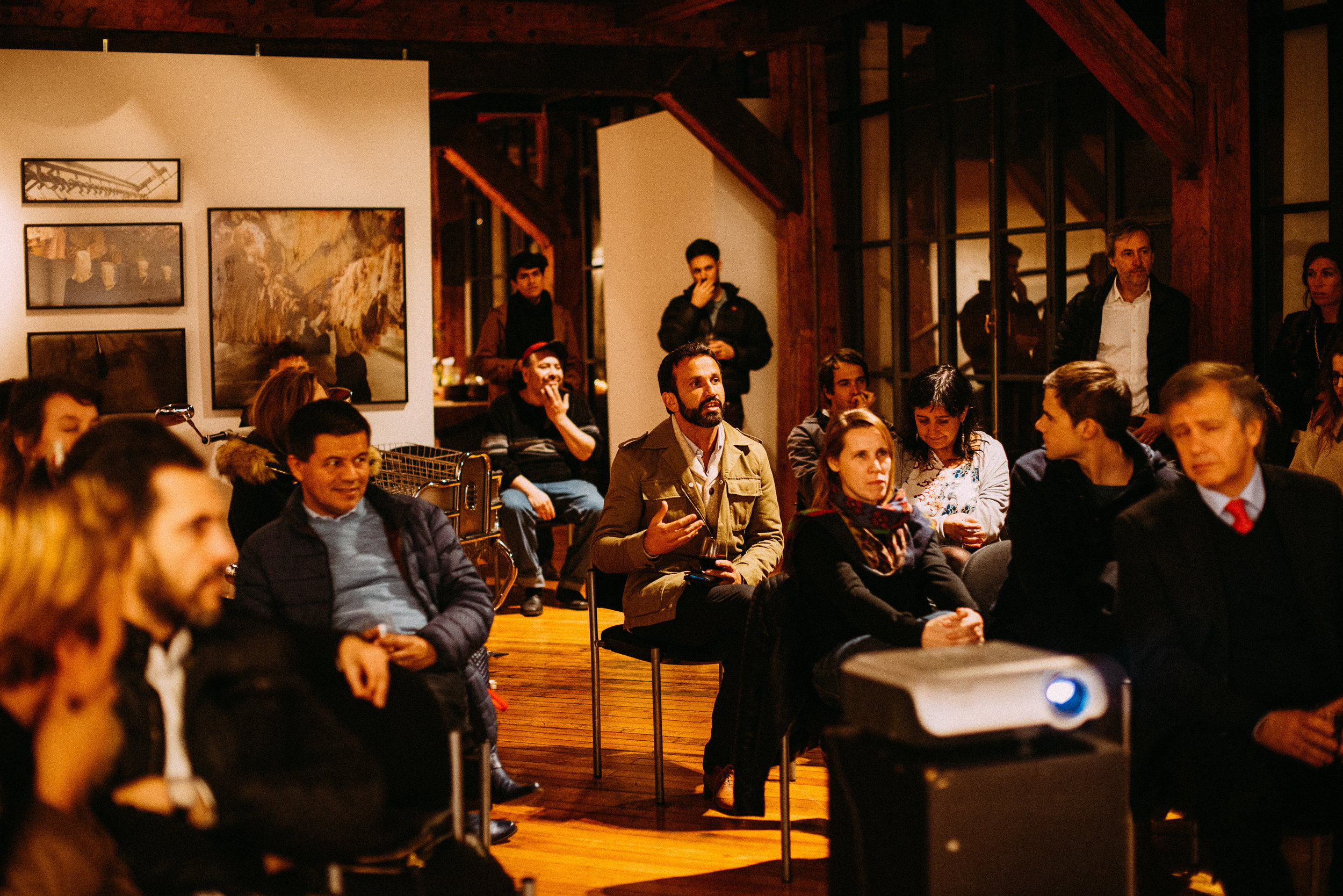A recent study shows that, for 78% of startups, professional networking plays an important role in getting traction and growing their businesses. (More here) Yet the fact that there are many books and online learning products on the subject of better networking techniques suggesting many entrepreneurs are facing challenges with networking.
The #1 complaint I hear from business owners about networking is they find most of the events they went to were disappointing as they felt those events false-advertised in terms of what organizers promised to deliver. Also, they said comparing the amount of effort required to the level of results generated, they weren’t able to justify the effort.
Just to be clear, these people I spoke to did not have unrealistic expectations such as finding & closing their next prospects at any of those events; all they wanted was to meet like-minded professionals to have meaningful conversations.
What if I told you that there's a technique to bring people in the room directly to you without you moving an inch to increase odds of meeting people who may be able to help you? Interested?
Here's the deal. The most effective way to get noticed by a room full of "like-minded" people is to provide an opportunity to let others size you up publicly.
Yep, you heard me right. You let them evaluate your authority and expertise without you talking about yourself or your business, hence taking yourself out of the equation.
The idea came from my college days. As most of you would recall, some classes required "quality class participation" to get a higher grade. It meant you had to provide your thoughts and questions about a subject matter selected in your class. This act of "class participation" did 2 things if done right aside from getting a good grade:
1. Students were able to access how smart (and possibly charming) you were. Subsequently, students were able to catalog you in whatever unofficial social ranking system they had in their own heads.
2. You were able to establish yourself to be a "go-to" person for the class or specific subject matters by the way you handled yourself in a class discussion setting.
The rules in this setting were NOT to talk too much about you and ask intelligent questions or add insights that are valuable to the discussion. The above points were, from my experience, more apparent at the graduate school level.
I must add, though, if you failed at this attempt by participating for the sake of participating while disrupting the flow of discussions by asking rather stupid questions, you were forever talked about among your classmates, needless to say, not in a good way. (I have some mortifying stories to back that up.)
Now back to the present day.
I've transferred and tested this concept at various networking occasions, and the results were positively overwhelming. All 4 occasions I tested I got the similar result of people coming to me instead of me going to them. My experience confirmed the following 3 components:
1. The "Class-participation" technique acts as a form of subliminal advertising that you exist in the room. (Setting a stage)
2. It makes it easier for people to gauge who you are & what you are about without having to hear what you are selling. (Low impact = Low risk)
3. Psychologically, they feel as if they know you better than the rest of people in the room only because you "class-participated." (Familiarity)
So here's the how to execute this "class-participation" technique impeccably.
Step 1:
First, you do your best to be super selective about which live event to go to. My tip is to attend the ones that charge.
Many events are free (I offer free events also), but free things come with a different type of cost which is quality or a lack thereof.
If you seek high caliber peers, prospects and partnership opportunities, it is far better to attend paid events. Most importantly, be sure to choose events that incorporate pitches, presentations, panel discussions, fireside chats, and round table discussions so that there will be a "Q&A" session to execute this particular technique. (As you can imagine, if there is no Q&A, you can't ask questions or comment in front of people.)
Step 2:
Do your homework in advance. How long has this group been running? How popular and why? Who is the organizer? Who are invited as guest speakers or presenters? What are they interested in other than their business?
Coming up with a list of possible questions can help you to get your brain ready to quickly pick the best-suited question or comment in moment’s notice.
Notice that you may have to make many assumptions. Don't worry if you end up asking a completely different question as it needs to be impactful at that given moment, and it is not easy to foresee the flow of Q&A sessions.
Step 3:
Get there early and try approaching any of the presenters, moderator, panelists or speakers before the event so that when you raise your hand, they will likely pick you (remember the concept of familiarity.) Warming up with them can also be effective to get more intel on the topic so that you can ask a good question or add valuable take on the subject.
Step 4:
Once the Q&A starts, let a couple of people go first. Most likely their questions are generic and basic. Those questions prep other people in the room to ease into the Q&A phase. Keep in mind that if you wait too long, you might miss an opportunity as it is difficult to figure out when organizer wraps up Q&A. But if you happen to be the last one to ask a high quality or witty question, people tend to remember you over others.
Step 5:
After the event, start a conversation with someone who is close to you so that it's easier for people to make their way to where you are, gradually. Especially when it is a packed room, it may take some time for anyone to approach another person across the room.
Recap: The beauty of this technique is you letting participants to "self-select" whether they want to speak to you. In exchange, you don't have to do the job by walking up to random people.
Moreover, as self-centered as this technique may sound, you are actually doing others a favor by making it easier for them to strike a conversation with you in a natural way. I got a lot of, "Hey, the question you asked, that was a good one. I was wondering if anyone would ask."
Good luck & share your comments below!



